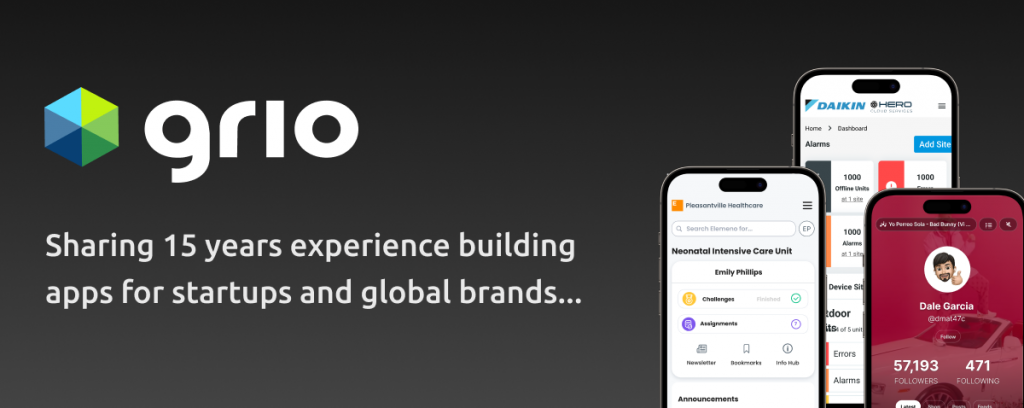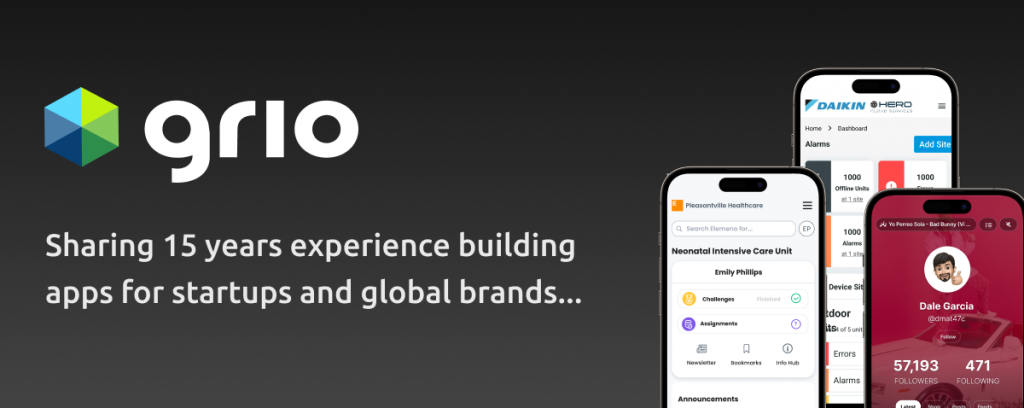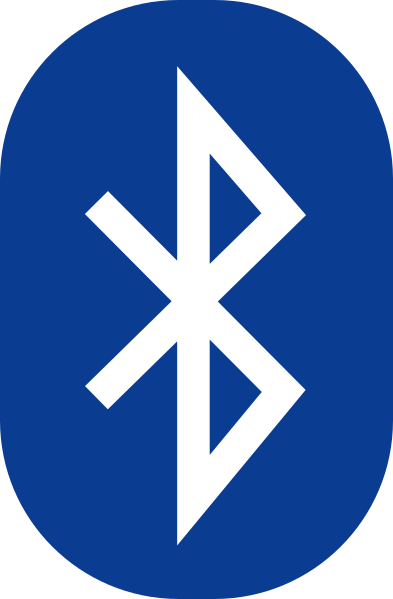How to Build a Killer MVP, Step 2: User Discovery- Letting User Needs Inspire Epics

Over the last 15 years, Grio has collaborated with companies of all sizes to create hundreds of exceptional software solutions. Though there is no one-size-fits-all solution when it comes to building an app, we’ve discovered that starting your journey with your Minimum Value Product (MVP) is a great way to set yourself up for long-term success. In this blog series, we are taking our hard-won wisdom and sharing Grio’s ten essential steps for building a killer MVP.
In last week’s post, Grio’s How to Build a Killer MVP, Step 1: Agile Development Methods and Divergent/Convergent Thinking, we explored how using Agile development methods, as well as divergent and convergent thinking, can help your team find and prioritize the best ideas for your MVP.
In this week’s blog post, we cover the second step for building a killer MVP: User Discovery. We discuss how building epics by successfully identifying your users and their needs will help you create a viable, successful MVP.








